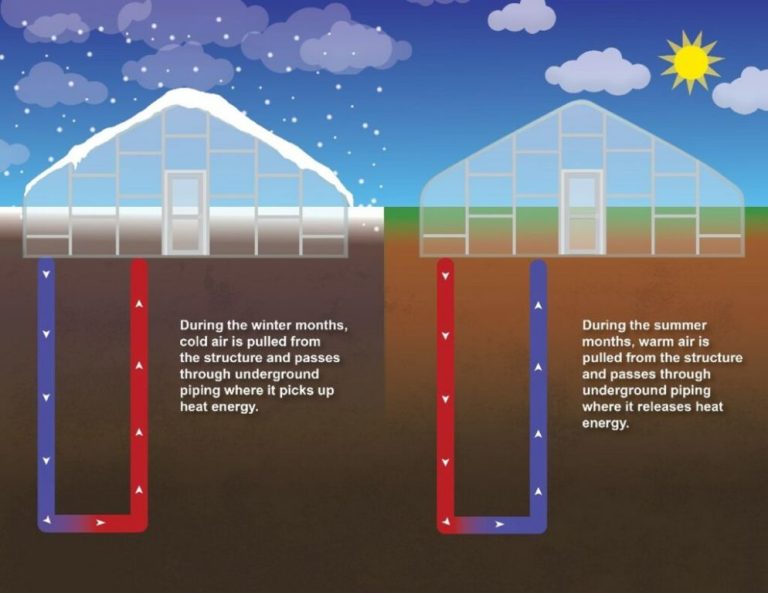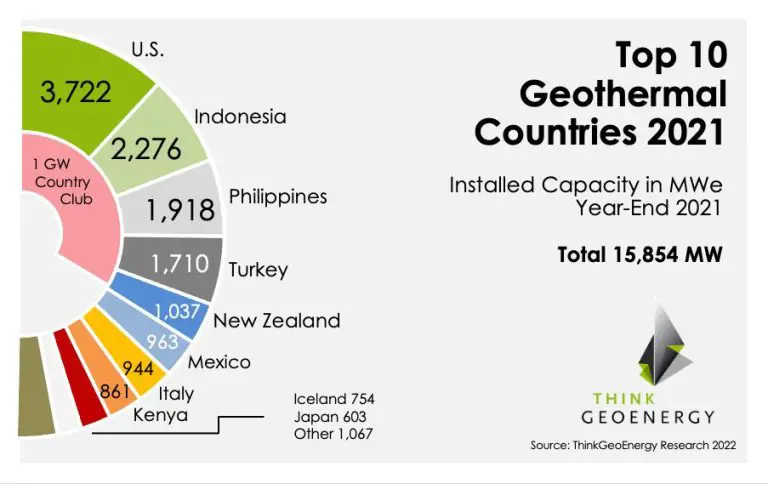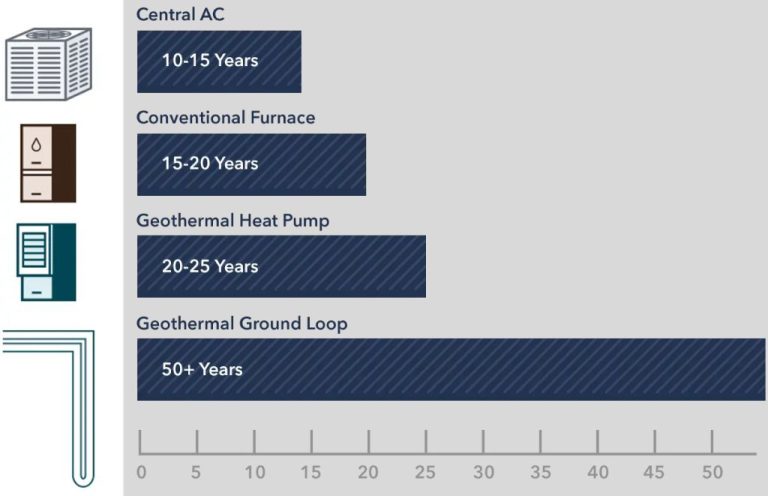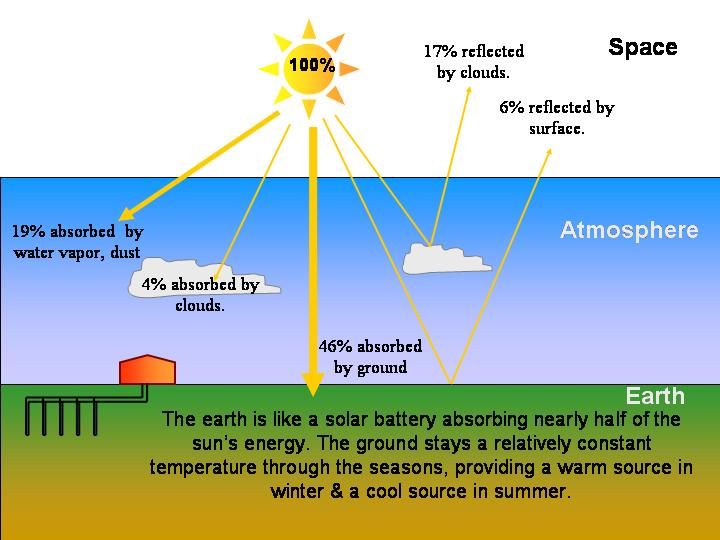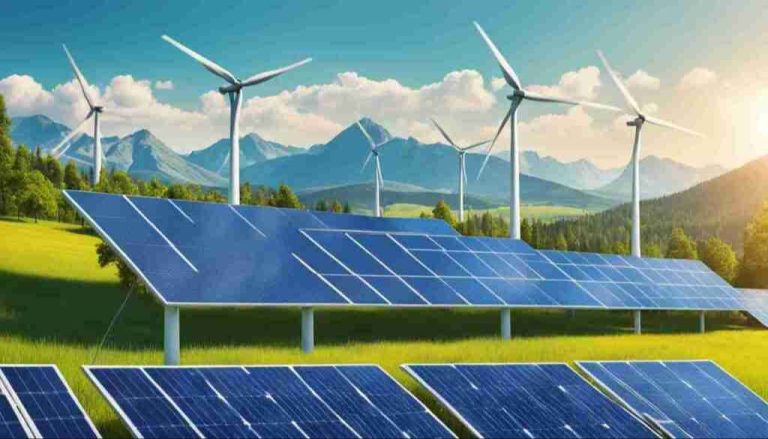Why Is The United States Leading In Geothermal Energy?
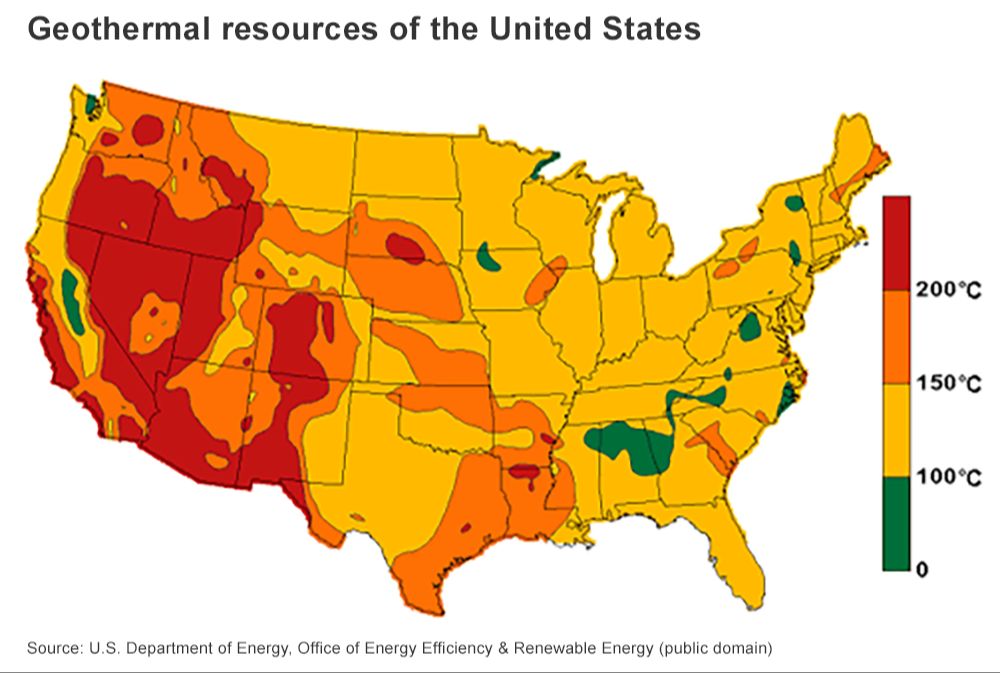
Geothermal energy is thermal energy generated and stored in the Earth. It is a renewable source of energy that utilizes the Earth’s natural heat found underneath the surface in areas with geothermal reservoirs. Geothermal energy can be used to generate electricity as well as provide direct heating and cooling. Some key benefits of geothermal energy are that it is sustainable, environmentally friendly, and available 24/7 regardless of weather conditions.
The United States is currently the global leader in geothermal energy utilization and capacity. With over 3.5 gigawatts of installed geothermal capacity, the U.S. accounts for more than a quarter of the world’s total geothermal power generation. Several factors contribute to the U.S. being at the forefront, including vast geothermal resources, strong policy incentives, government funding for research and development, and innovative companies advancing geothermal technologies.
Geothermal Potential
The United States has tremendous untapped geothermal resource potential, especially in Western states like California, Nevada, Utah, Idaho, Oregon, and Alaska. According to the U.S. Geological Survey, over 9,000 megawatts of undiscovered hydrothermal resources exist in the Western U.S., with 40% located in Alaska and 30% in Utah [1]. Major geothermal resources are concentrated in the Western states because this region has high heat flow, active volcanic and tectonic plate settings, and permeable underground reservoirs.
California has the greatest developed geothermal capacity, but ample potential remains untapped. The Geysers in Northern California is the largest geothermal field in the world with over 2,000 megawatts of installed capacity. However, experts estimate California has 5,800 megawatts of undiscovered hydrothermal resources.
Other Western states like Nevada, Utah, Idaho, and Oregon have thousands of megawatts of undiscovered hydrothermal resources as well. Enhanced geothermal systems could unlock even more potential in these states and others.
Investment in Geothermal
The United States has seen significant investment in geothermal energy from both the public and private sectors. In July 2022, the U.S. Department of Energy announced up to $165 million to expand geothermal energy deployment in the country (DOE to Invest Up to $165 Million to Advance Domestic Geothermal Energy Deployment). This investment aims to reduce costs and risks associated with geothermal development. The DOE has identified over $5 billion in geothermal power potential across the western U.S. that could be unlocked with further investment.
Private companies have also been investing heavily in U.S. geothermal projects. Leading geothermal companies like Ormat Technologies and Calpine Corporation have geothermal plants across the western states like California, Nevada, and Utah. There has also been rising interest from major oil and gas companies like Chevron to invest in geothermal as a renewable energy source (U.S. Energy Dept eyes $165 mln investment in geothermal, oil & gas group).
Experts predict that continued public and private investment can help make geothermal energy cost-competitive with conventional power generation within the next decade (Breaking Ground on Next-Generation Geothermal Energy). The geothermal industry expects capacity to double in the next 5 years with sufficient investment.
Supportive Policies
The United States has implemented several supportive policies at the federal and state level to encourage geothermal energy development. The Geothermal Steam Act of 1970 first enabled geothermal development on federal lands [1]. This allowed leasing of federal land for geothermal exploration and development. The Energy Policy Act of 2005 also included provisions to promote geothermal, including funding for research and loan guarantees for projects [2].
At the state level, renewable portfolio standards in states like California, Nevada, Utah, and Hawaii have driven demand for geothermal energy. Tax incentives for geothermal projects have also been enacted in many states. For example, Nevada offers partial abatements on sales, property, and production taxes for eligible geothermal facilities [2]. State policies like these have complemented federal efforts to make geothermal energy economically viable.
Geothermal Technology
The United States is a leader in enhanced geothermal systems (EGS) technology. EGS allows geothermal power plants to be built in areas without natural hydrothermal resources by artificially creating permeable reservoirs in hot rock through hydraulic fracturing. The Department of Energy has invested over $500 million in EGS research and actively supports technology development through initiatives like the Energy Earthshot to make EGS cost-competitive.
Major EGS demonstration projects funded by the DOE include the Utah FORGE site operated by Geothermal Technologies Office, which has successfully created multiple EGS reservoirs. The DOE also supports EGS startups like GreenFire Energy and Fervo Energy focused on innovative reservoir stimulation techniques like plasma pulse fracturing. With sustained federal support, the United States is poised to expand EGS capacity and tap into the vast geothermal resource available throughout the country.
Leading Geothermal Companies
The United States has emerged as a global leader in geothermal energy, with several major companies at the forefront of geothermal development and operations. Some of the leading geothermal energy companies in the US include:
Ormat Technologies – Based in Nevada, Ormat is one of the largest geothermal companies in the world. It has geothermal power plants operating in the US, Central America, and Africa. Ormat has developed over 150 geothermal power plants producing over 2,500 MW of energy.
Calpine – Headquartered in Texas, Calpine is the largest producer of geothermal electricity in the US. The company operates power plants at The Geysers in California, which is the largest geothermal complex in the world with over 1,500 MW capacity.
Berkshire Hathaway – Through its subsidiary MidAmerican Renewables, Berkshire Hathaway owns 10 geothermal plants in the US with over 1,000 MW capacity. Its geothermal projects are located in Nevada, Utah, and California.
Other major players include Chevron, Enel Green Power, AltaRock Energy, and Cyrq Energy, which are making significant investments in geothermal projects across the western US, home to immense untapped geothermal potential.
Geothermal Power Plants
According to the
Energy Information Administration, in 2022, the United States had geothermal power plants in seven states, with the installed geothermal generating capacity totaling 2,544 megawatts (MW). Most of the capacity was in California and Nevada. The United States led the world in geothermal electricity generation in 2021, producing over 16 billion kilowatt-hours, which was more than a quarter of the world’s geothermal generation for that year.
According to a 2021 report from the National Renewable Energy Laboratory, in 2020 the total installed geothermal power capacity in the United States was 3,677 MW from 59 operating power plants. This was an increase from 3,493 MW the previous year. The Western U.S. accounts for the vast majority of geothermal power capacity, with California leading at 2,652 MW installed capacity in 2020.
The U.S. geothermal power industry continues to grow. In 2021, 186 MW of new geothermal power generation capacity came online. While the majority of large-scale geothermal plants are in the Western U.S., there is potential to expand it to other areas of the country in the future.
Direct Uses of Geothermal
Geothermal energy has many direct use applications for heating buildings, growing plants, drying crops, and more. The United States leads in the direct utilization of geothermal energy. In 2022, direct use of geothermal accounted for about 28% of total geothermal energy consumption in the U.S. [1]
The most common direct use of geothermal energy is for space heating and cooling. Geothermal heat pumps can tap into shallow ground temperatures to efficiently heat and cool buildings. According to the U.S. Department of Energy, geothermal heat pumps currently heat and cool about 1 million homes and buildings in the U.S. [2]
Geothermal fluids can also directly heat greenhouses, aquaculture ponds, and washing facilities. Geothermal district heating systems pipe hot water near the earth’s surface to multiple buildings. The United States has over 140 geothermal district heating systems located mostly in western states. [3]
In addition, geothermal energy supports various agricultural and industrial applications like crop drying, gold mining, milk pasteurization, leather tanning, and more. Overall, direct use geothermal systems offer many benefits like reduced energy costs, low maintenance, and minimal environmental impact.
Environmental Benefits
Geothermal energy is a clean, safe, and environmentally-friendly source of renewable energy. Compared to fossil fuels, geothermal energy has minimal impacts on the environment. For example, according to a report by the Energy Information Administration, geothermal power plants emit only 3% of the carbon dioxide of natural gas plants per kilowatt-hour and just 1% of the carbon dioxide emissions of coal plants (https://www.eia.gov/energyexplained/geothermal/geothermal-energy-and-the-environment.php).
In addition, geothermal plants produce essentially zero emissions of sulfur dioxide, particulate matter, and nitrogen oxides. According to the Manitoba government, geothermal systems operate more efficiently than conventional heating and cooling systems (https://www.gov.mb.ca/sd/environment_and_biodiversity/energy/geothermal/why_geo.html). The technology requires no fuel combustion, resulting in low air pollution. Geothermal systems have minimal environmental impact since their closed loop systems prevent greenhouse gas emissions.
Furthermore, the land use footprint of geothermal plants is small compared to other energy sources. Overall, geothermal provides clean baseload power generation with minimal environmental impact.
Future Outlook
The future looks bright for geothermal energy growth and innovation in the United States. According to a report by the MIT Energy Initiative, geothermal power could provide 100 gigawatts of baseload electricity generation by 2050, meeting around 5% of the nation’s electricity demand [1]. The Department of Energy analysis shows geothermal capacity reaching 60 gigawatts by 2050, a massive increase from today’s capacity of 3.8 gigawatts [2].
Several factors point to strong geothermal growth in the coming decades. First, new enhanced geothermal systems (EGS) technology is unlocking access to geothermal resources previously thought to be unavailable or uneconomical [1]. Second, supportive state and federal policies like tax credits and research funding provide incentives for geothermal development [2]. Third, utilities are increasingly adding geothermal to their renewable energy portfolios as part of decarbonization efforts [2].
With continued technology improvements, cost declines, and supportive policies, the United States seems poised to tap substantially more of its immense geothermal resource potential by 2050 and beyond. The geothermal industry’s brightest days may still lie ahead.

